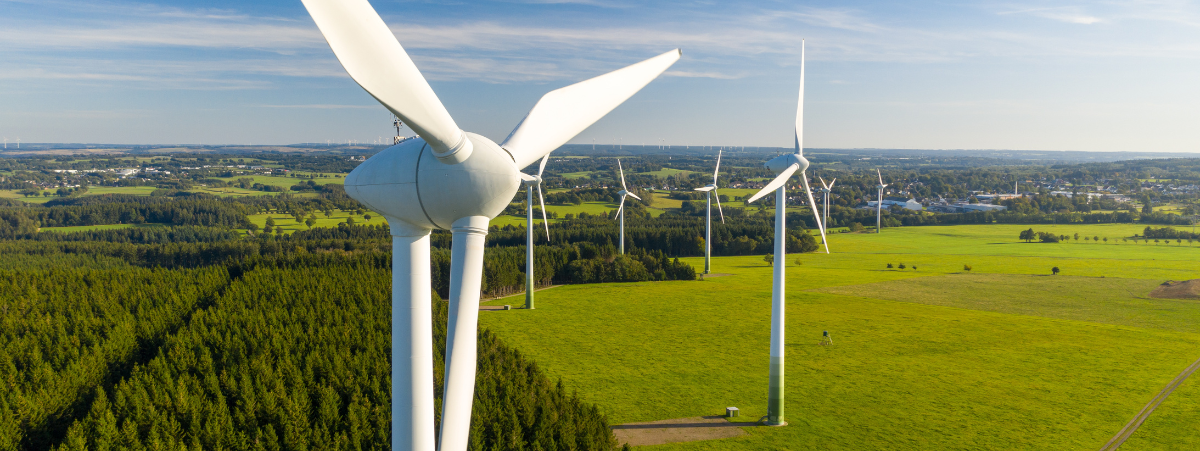Voluntary carbon markets let carbon emitters offset their unavoidable emissions. To ensure the most effective climate action, it’s crucial to buy premium credits from high-quality projects.
As the urgency to combat climate change intensifies, more organisations and individuals are turning to the Voluntary Carbon Market (VCM) to offset their carbon footprints. Among the various types of credits available, premium carbon, biodiversity, and renewable energy credits are highly sought after due to their significant environmental benefits. This article provides a comprehensive guide on how to purchase these premium credits in the VCM.
Investing in the Voluntary Carbon Market
The Voluntary Carbon Market allows companies, governments, and individuals to purchase carbon credits to offset their greenhouse gas emissions. These credits represent reductions in emissions achieved through various projects, such as reforestation, renewable energy installations, and biodiversity conservation.
Types of Premium Credits
1. Carbon Credits
These credits are generated by projects that reduce, avoid, or remove carbon dioxide and other greenhouse gases from the atmosphere. Examples include reforestation, afforestation, and carbon capture and storage projects.
2. Biodiversity Credits
Biodiversity credits are linked to projects that protect and restore ecosystems, promote biodiversity, and prevent species extinction. These projects can include preserving rainforests, restoring wetlands, and protecting endangered species’ habitats.
3. Renewable Energy Credits
Renewable energy credits are generated by projects that produce clean energy, such as wind, solar, hydro, and geothermal power. These projects help reduce reliance on fossil fuels and lower overall greenhouse gas emissions
5 steps to purchase premium carbon credits
1. Identify Your Needs and Goals
Before purchasing credits, clearly define your objectives. Are you looking to offset a specific amount of carbon emissions, support biodiversity conservation, or promote renewable energy? Understanding your goals will help you choose the right type and quantity of credits.
2. Research and Choose Reputable Projects
Not all projects in the VCM are created equal. Look for projects that are certified by reputable standards such as the Verified Carbon Standard (VCS), Gold Standard, or Climate, Community & Biodiversity Standards (CCBS). These certifications ensure that the projects are real, additional, measurable, permanent, and independently verified.
3. Select ClimateTrade for Your Purchases
One of the most reliable platforms for purchasing carbon, biodiversity, and renewable energy credits is the ClimateTrade marketplace This innovative platform offers a wide range of benefits, making it easier and more efficient to buy high-quality credits:
Transparency and Traceability: ClimateTrade uses blockchain technology to ensure complete transparency and traceability of transactions. This means you can track your purchase from start to finish, ensuring that the credits you buy are genuine and properly accounted for.
Wide Range of Projects: ClimateTrade offers a diverse portfolio of projects that meet rigorous environmental standards. Whether you are interested in carbon sequestration, biodiversity conservation, or renewable energy, you can find projects that align with your goals.
User-Friendly Interface: The platform is designed to be user-friendly, making it easy to browse, select, and purchase credits. You can filter projects based on criteria such as location, type of credit, and additional benefits.
Verification and Certification: All projects available on ClimateTrade are certified by leading standards such as the Verified Carbon Standard (VCS) and the Gold Standard. This ensures that the credits are credible and have a real impact on reducing greenhouse gas emissions.
4. Evaluate Project Details
Examine the details of the projects you are considering. Key factors to look for include:
Location: Projects in certain regions may align better with your goals.
Co-benefits: Look for projects that offer additional benefits such as community development, health improvements, and biodiversity conservation.
Transparency: Ensure the project provides detailed information on how the credits are calculated and the impact of the project.
5. Monitor and Report Your Impact
After purchasing and retiring the credits, monitor the impact of the projects and report your contributions. Many providers offer periodic updates on the progress and impact of the projects. Sharing this information with stakeholders can enhance your organisation’s reputation and demonstrate your commitment to sustainability.
Support for your offsetting strategy
Purchasing premium carbon, biodiversity, and renewable energy credits in the Voluntary Carbon Market is a powerful way to mitigate your environmental impact and support global sustainability efforts. By following these steps and choosing high-quality projects, you can ensure that your investments deliver meaningful and lasting benefits for the planet. If you need additional support, we offer a carbon offsetting strategy as a service, meaning we can support you every step of the way. Encompasses everything from calculating your current emissions footprint to reporting progress and making future forecasts, all utilising the most up-to-date tools available in the market. This not only streamlines your offsetting process, but also equips you with valuable market insights to maximise your net-zero impact.








